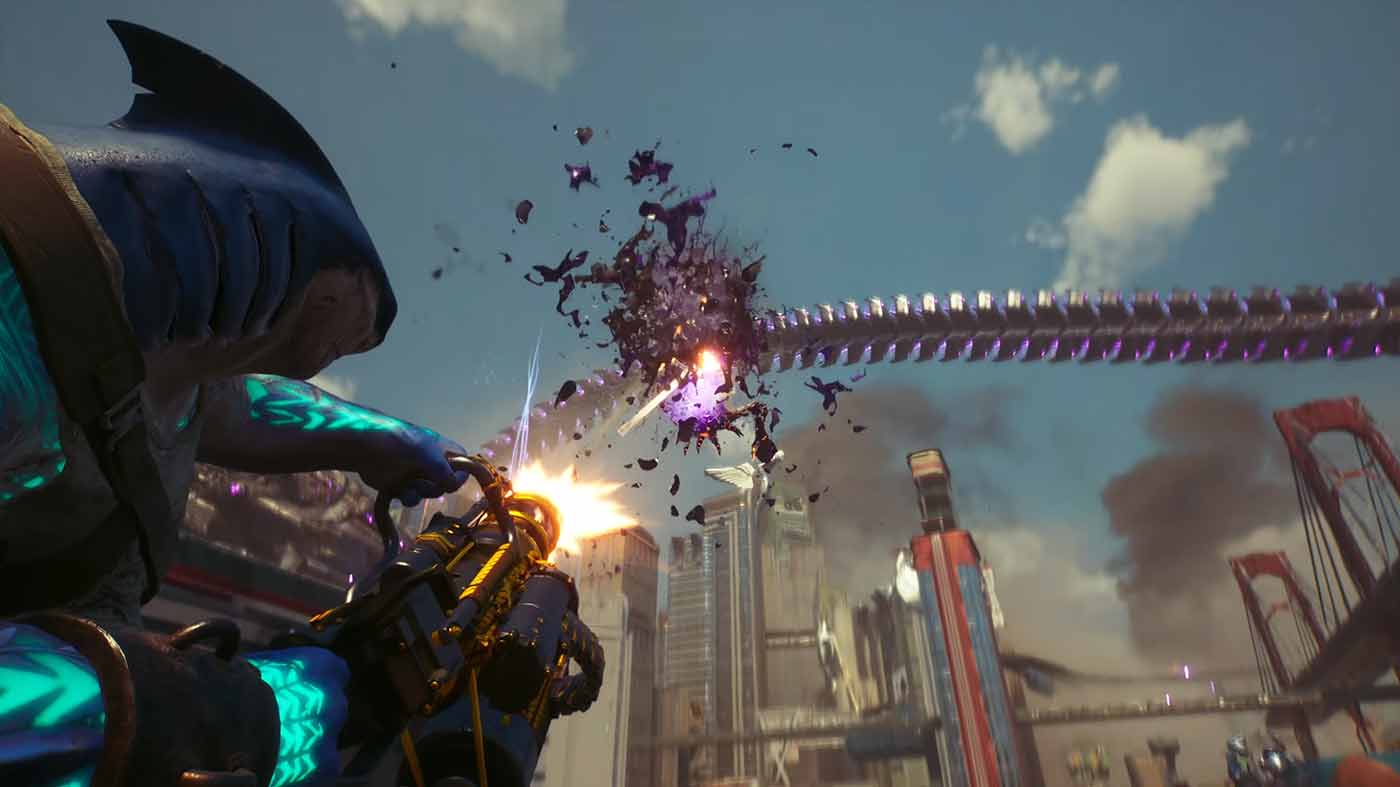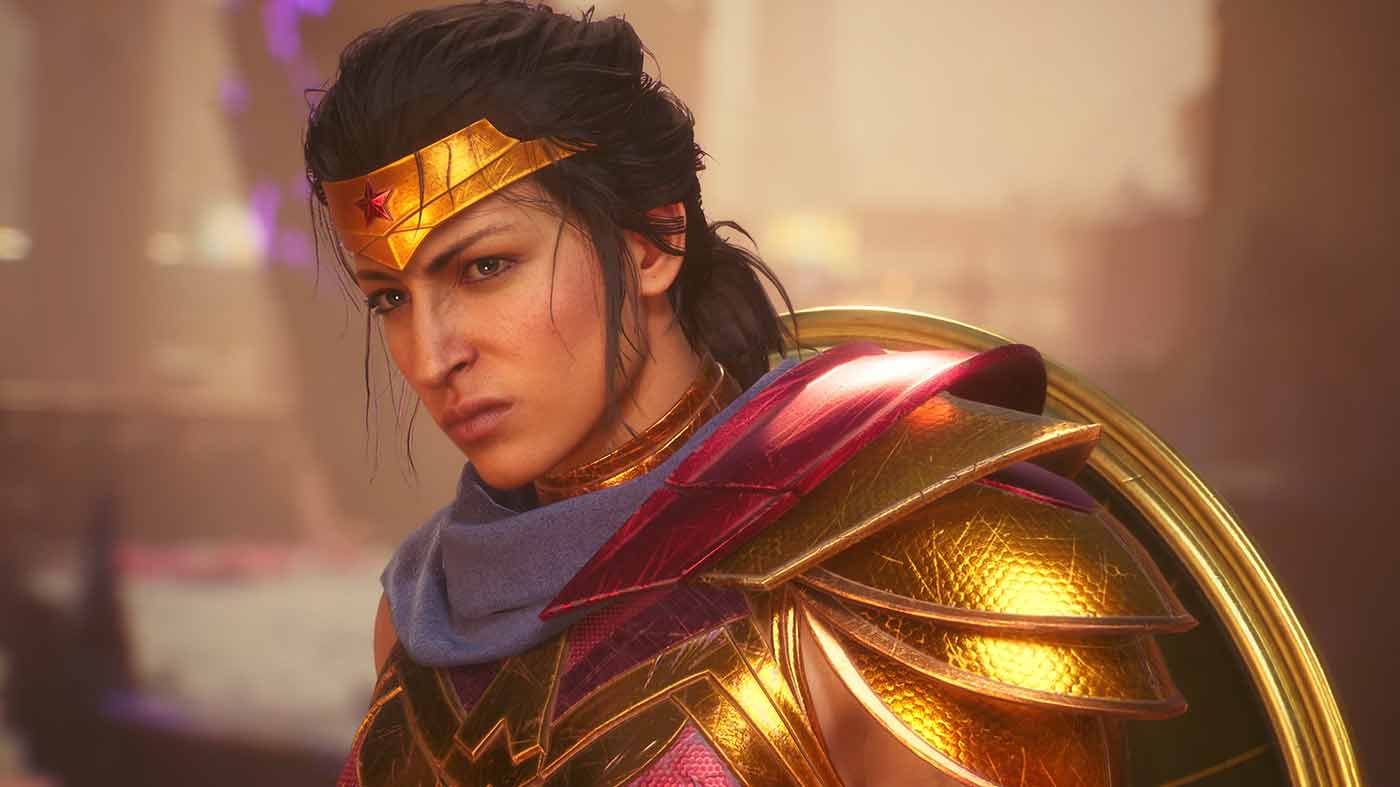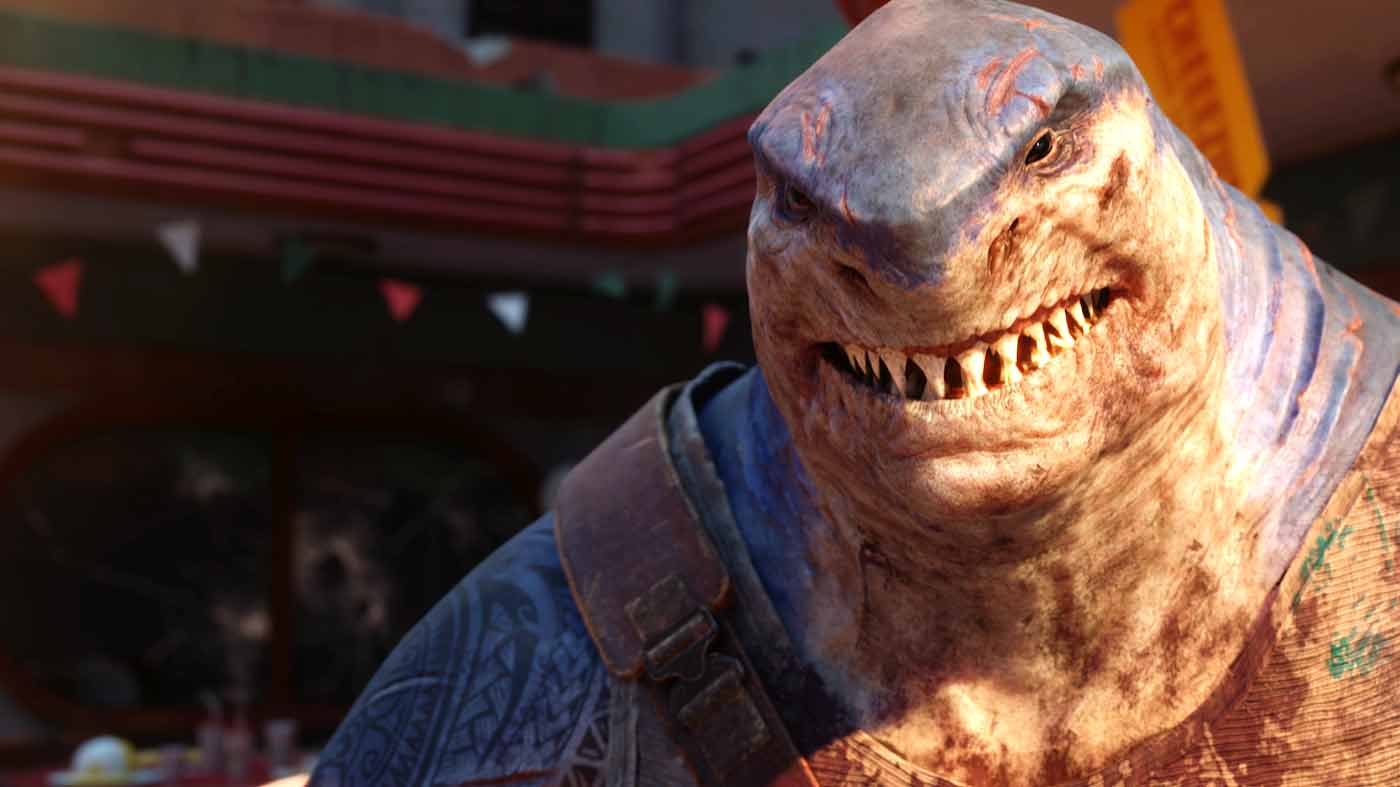It’s been nine years since Batman: Arkham Knight graced our screens and I’d been so eager to discover what Rocksteady were making next. They were seemingly unstoppable – sure, Arkham Knight was controversial for how it handled its titular character – but the Arkham games themselves have always been some of my favourites. Now, Rocksteady is flipping the script and pitting you against the Batman you’ve previously spent so much time with. As a merry band of four villains hunting the Justice League, Suicide Squad: Kill The Justice League sounds like a good time on paper. But unfortunately, it’s just not that simple.
Five years after Arkham Knight’s events, Suicide Squad: Kill The Justice League opens with Brainiac invading Metropolis. He’s brainwashed the inhabitants of Earth, including several key members of the Justice League, and plans to take over the planet in little to no time. Desperate, Amanda Waller brings together a task force of Arkham Asylum inmates, a Suicide Squad, to kill the Justice League and stop Brainiac before he takes over the planet. It sounds like your typical fare, and that’s because it is.

Purely from a story perspective, I enjoyed Suicide Squad more than I thought I would, but for the most part, the story eventually treads familiar steps towards multiverses that just feel so tiring at this point. What I do appreciate about Suicide Squad is that it really nails the tone and comedy that you’d expect from a story like this. The villains are bad guys; they’re not watered down to be anti-heroes; they do bad things to good people and only do good things for selfish reasons. Having the Justice League be the villains and seeing them kill people is an interesting way to portray characters you’d typically see as heroes, although some may find such a choice controversial.
The game is structured like any typical open-world game, borrowing more from the likes of Spider-Man and, of course, the previous Arkham games. There’s a slew of missions to undertake and progress the story with the eventual goal to kill the Justice League and stop Brainiac. You can select one of four characters at launch – Harley Quinn, King Shark, Captain Boomerang or Deadshot – but you can switch among them between mission as you see fit. Some missions offer better XP if you use a specific character, usually if said character has some tie to that mission narratively, but you’re free to play whoever you want from beginning to end.

This freedom and flexibility are welcome, and even if you play solo, the other squad members will still accompany you on missions as bots. This works better than Gotham Knights because it means you’ll still get the banter between all four squad members rather than this disjointed feeling that results from sending one person out to missions at a time. It’s a clever design choice because it means the whole game is designed to have four characters at any given moment, so dropping in and out to play with mates is a breeze, kind of. But more on that later.
Each of the characters plays slightly differently, with unique abilities for both combat and traversal. Mostly, you’ll be travelling through the city from objective to objective. Everyone has their own way of getting around Metropolis, usually from a piece of technology stolen from members of the Justice League. Harley uses Batman’s grapple gun, while Boomerang uses a speed-modulated boomerang to teleport around the place. Each of these abilities is unique, but some are clearly better than others. King Shark’s is the best for covering long distances quickly, leading to him being my primary choice for the brunt of the campaign. Given how vital traversal is for getting around, it’s frustrating that there are clear winners and losers here with each player’s different movement options.

But while the characters are strong and the abilities are mostly well-considered, there is one integral aspect where Suicide Squad falls down, and that’s the flow of gameplay. I could generally come to terms with the fact that this is a game where the loot-heavy, games-as-a-service model has been shoehorned somewhere it doesn’t fit. But the truth is that Suicide Squad suffers from the same pitfalls many of these games have when they first launch – there’s just not enough content here to keep things interesting.
AMAZON HAS THE CHEAPEST SHIPPED COPY AT $89 ($149 DELUXE)
The main storyline is filled with the same objectives, like defending a point, collecting things from one to move them to another or even surviving for a certain amount of time. I kept progressing through the main storyline, hoping it would throw something new at me. Unfortunately, those hopes were never met. This kind of repetitive gameplay loop can be alleviated by playing with friends, as the banter between you will no doubt fill in those slower moments, but at its core, Suicide Squad just feels repetitive. And that’s before considering the fact that the final boss battle is gated behind a grind for one of the game’s five separate resources. Not a great time.

Some moments, especially the boss battles against the titular Justice League, stand out amongst everything else. But these are too few and far between in the grand scheme of things. The monotonous repetition of the same objective types between them made me wonder if it was even worth it at the end of the day. Given the strength of the encounters and scenarios you’d uncover in the Arkham games, especially the first two, it’s an incredibly baffling outcome.
This is all exacerbated by the game’s pacing feeling off. After each mission, you’re shown a results screen displaying what equipment you’ve unlocked and how each player did compared to their friends. Then you’ve got to spend time sifting through different versions of the same weapon, working out which has better stats or suits your playstyle more. I appreciate the flexibility this system affords the player. But on the other hand, I spent more time watching gear unlock and choosing gear than I spent in each mission. And that’s a problem. You can’t even change gear mid-mission, which seems odd.

Thankfully, many of the server issues that players were reporting had been ironed out at the time of writing. I played two of my sessions online with two different friends, and that experience was seamless and worked pretty well. Crossplay works without a hitch, especially if you’ve previously played games from WB together. It’s pretty impressive that four people can free roam around this massive map without limitations, though it’s equally disappointing to discover that my friend’s progress wasn’t saved due to a glitch after a three-hour session. This may be fixed in the future, but that’s the state of the game right now.
One thing I can’t fault Suicide Squad for, however, is the artistic direction and technical achievement that the game represents. While the artistic style separates it squarely from the Arkham games it apparently takes place in the same world as, it’s a bright and vibrant aesthetic that I can’t fault. The character facial animations are especially impressive – sometimes, it’s hard to forget that these zany villains aren’t real people. Besides King Shark, of course. The game doesn’t offer display options, though it does play at 60 frames per second out of the box, which is a nice contrast to Gotham Knights. It’s a good-looking game with some extraordinary-looking characters, but Metropolis just doesn’t feel as vibrant or lived-in as Gotham.

It’s tricky to talk about Suicide Squad without sounding too negative. The truth is that it was engaging enough to hold my interest from beginning to end. But the motivation was the hope that the game would slowly show me something more, and it never does. That being said, it does a great job at bringing some lesser-known DC characters into the mix, and I’m sure that some diehard fans will be keen to see these different takes on characters they’ve come to know and love. Unfortunately, no amount of solid writing, subversive story beats or even sharp comedy can cover up the repetition of the core gameplay loop, which is a shame.




